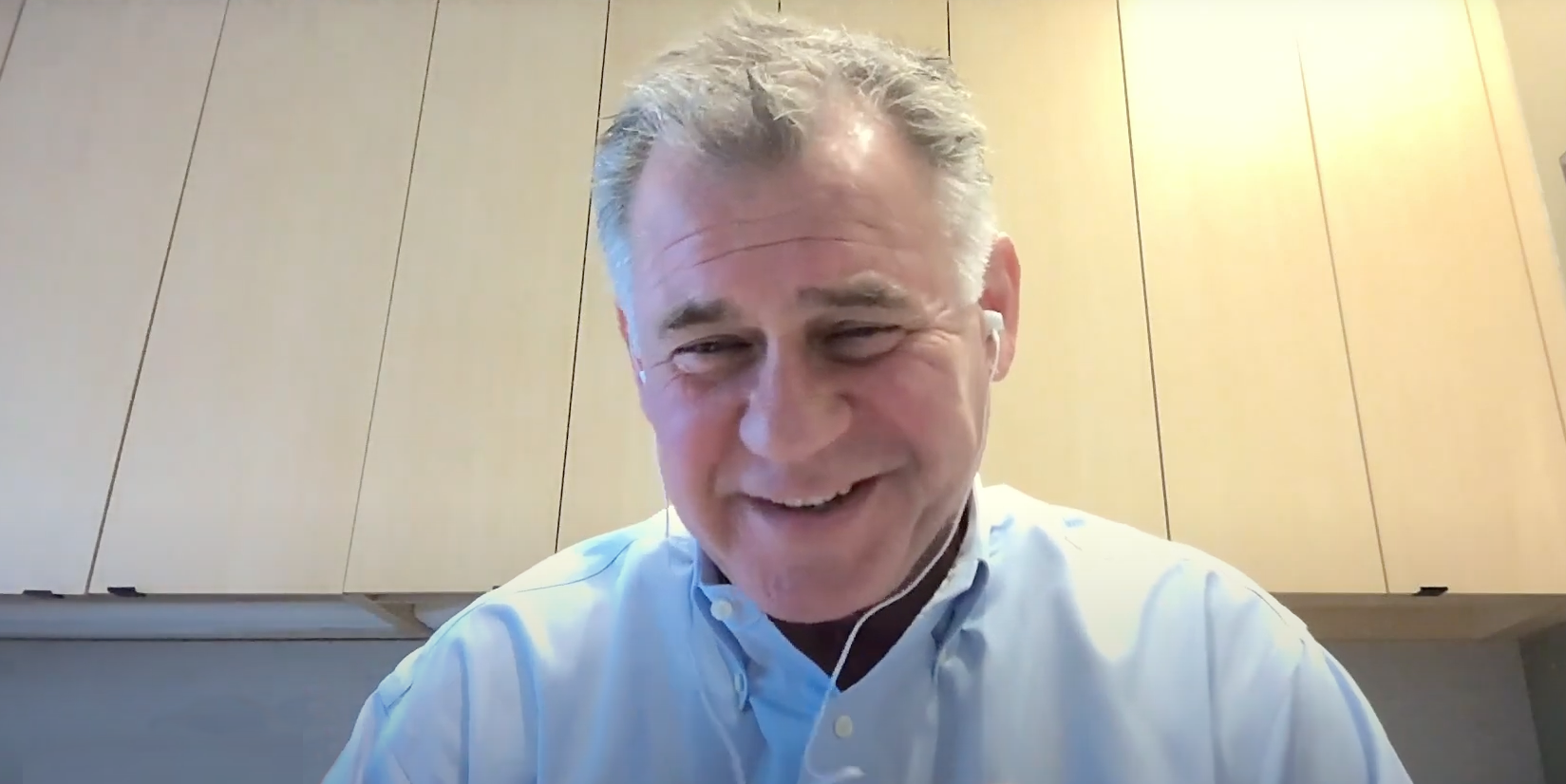Leadership soft skills – there are too many to count. But which ones do leaders “in the trenches” actually see as a priority? Although there are bound to be differences in opinions and experiences, getting advice from one of the world’s most successful executives seems like a good place to start.
A Meta Mentor
Sheryl Sandberg was, until recently, the Chief Operating Officer at Meta (formerly Facebook). She was pivotal in turning Meta into a profitable company. Before Meta, Sandberg worked at McKinsey & Company, the US Treasury, and Google, where she oversaw the growth of the advertising and sales team from four employees to 4,000. So Sandberg knows a thing or two about HR.
Hire for Skills, Not Experience
Should human resources put a greater emphasis on experience or abilities? Sandberg thinks that experience is overrated. She recalls an interview that she had with Meg Whitman, who at the time was CEO of eBay. When Sandberg said she doesn’t have a lot of experience, Whitman replied that nobody has experience in the open role, because nobody had ever done that type of job before.
Sandberg’s idea, which she learned from Whitman, is to hire someone who has an overabundance of skills for their current position. In this way, they are in place to handle the challenges of growth. Sandberg stated simply, “Skills are more important than experience.” But exactly which skills does she mean?
Leading Leadership Soft Skills
During an interview with Reid Hoffman, a co-founder at LinkedIn, Sandberg discussed five leadership soft skills that she believes enabled her success. These are not just general ideas that she heard about from other HR pros. Instead, they are all based on actual incidents that occurred over the course of her career. (By sheer coincidence–or maybe not–our previous article on top leadership skills overlaps nicely with Sandberg’s recommendations.)
Strategic Thinking
When Sandberg had a small team of four at Google, she made a point of increasing loyalty and engagement by celebrating every birthday. Obviously, by the time she was managing 4,000 people, there was no way to supply a cake to every member of her staff. Instead, every quarter, a huge cake was purchased with the names of everyone who had a birthday during the previous three months.
But her point is not about pastry. Sandberg realized that leadership requires thinking ahead according to strategic objectives. If the current way of doing business is not sustainable, then now is the time to look at it from a strategic point of view and adapt sooner rather than later. According to Sandberg, “I’m not saying, ‘Be mean and don’t celebrate birthdays,’ I’m saying figure out what your systems are going to look like later, and do it now.”
Self-Awareness
Another lesson that Sandberg learned was about knowing when you need to admit mistakes. Again, during her Google days, she had a policy of interviewing every global staff member. As the team grew, Sandberg realized that there were so many candidates waiting for interviews that the process was falling behind. Because the situation was due to her policy, it took a bit of self- awareness to admit that a new process was needed. Sandberg admitted, “I thought to myself, ‘I’ve become a bottleneck, and you didn’t tell me, and that’s on me.”’
Feedback and Communication
Sandberg acknowledges that being a top executive at one of the world’s largest companies might be intimidating for lower-level employees. This can cause problems when leaders speak off the cuff or are a bit moody at times, because the tendency among workers is to accept whatever they said.
For instance, at Facebook, Sandberg wanted more discussions and less dependency on visuals during brainstorming sessions, so she declared that she doesn’t want to see any more PowerPoint presentations at her meetings. Employees took this to mean no PowerPoint for anybody.
Later on, when she was preparing for a conference, Sandberg found out that discussing the PowerPoint ban was the first thing on many agendas. Salespeople were finding it tough to hold sales meetings without it. It was then she realized that she had been taken too literally, but that nobody felt able to give her honest feedback. During the meeting, she admitted it was a bad idea, and so PowerPoint was reborn at Facebook. Sandberg explains, “I realized I needed to make it safe for people to speak up when I was messing up.”
Change Management
Failure is a part of doing business. The trick is to learn from every mistake and initiate controlled change. Sandberg provides the example of visiting a US Marine Corps base as part of a Facebook field trip. While at the base, she saw that the troops went through debriefing sessions after every mission. She felt at first that it was harsh, but later came to realize the value of seeing mistakes as a way of promoting change.
Another episode that Sandberg remembers occurred at Google, where employees voted on the biggest mistake that someone had made during the past week. The winner got to take home a stuffed monkey called Whoops. Says Sandberg, “It’s organizations that hide things under the rug that don’t create resilience, because they don’t learn.”
Leaders Are Choosing GrowthSpace
Take a look at some of GrowthSpace’s customers and you’ll discover a “who’s who” of top corporations. They understand how GrowthSpace builds leaders through a platform that enables personalized L&D courses taught by leading experts. When leaders need to learn, they turn to GrowthSpace.




